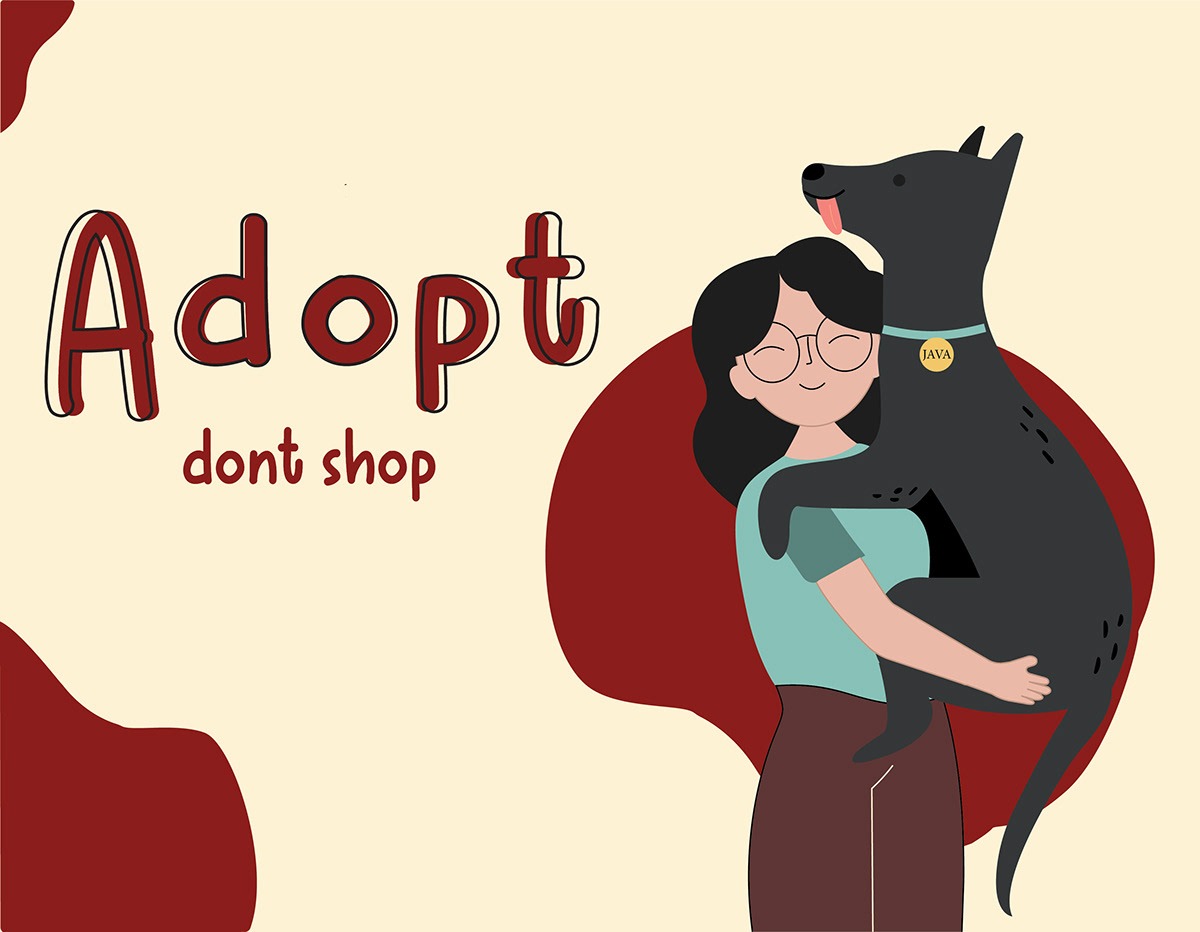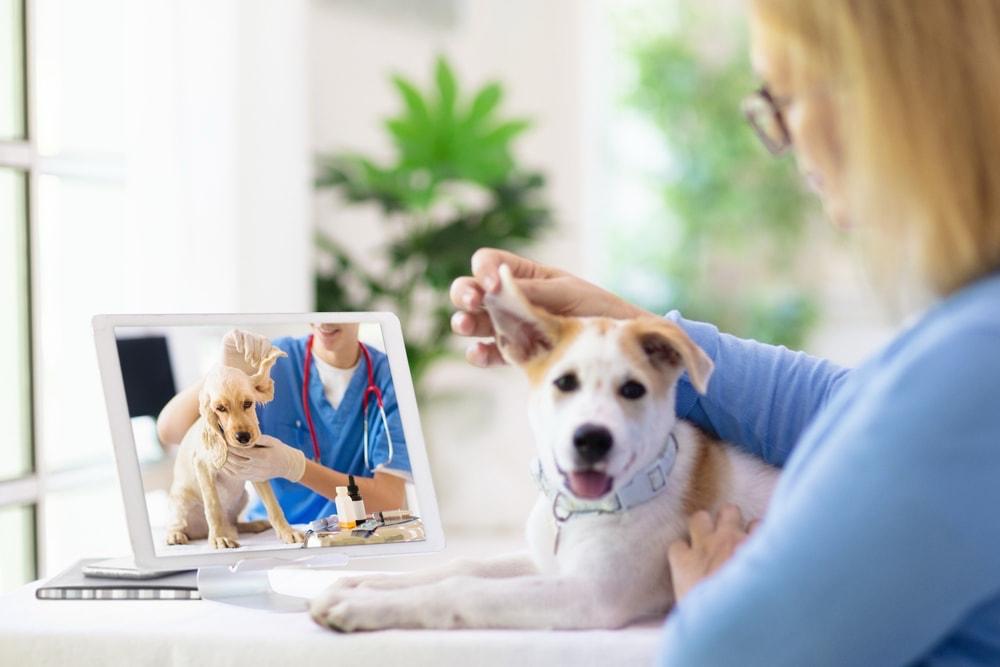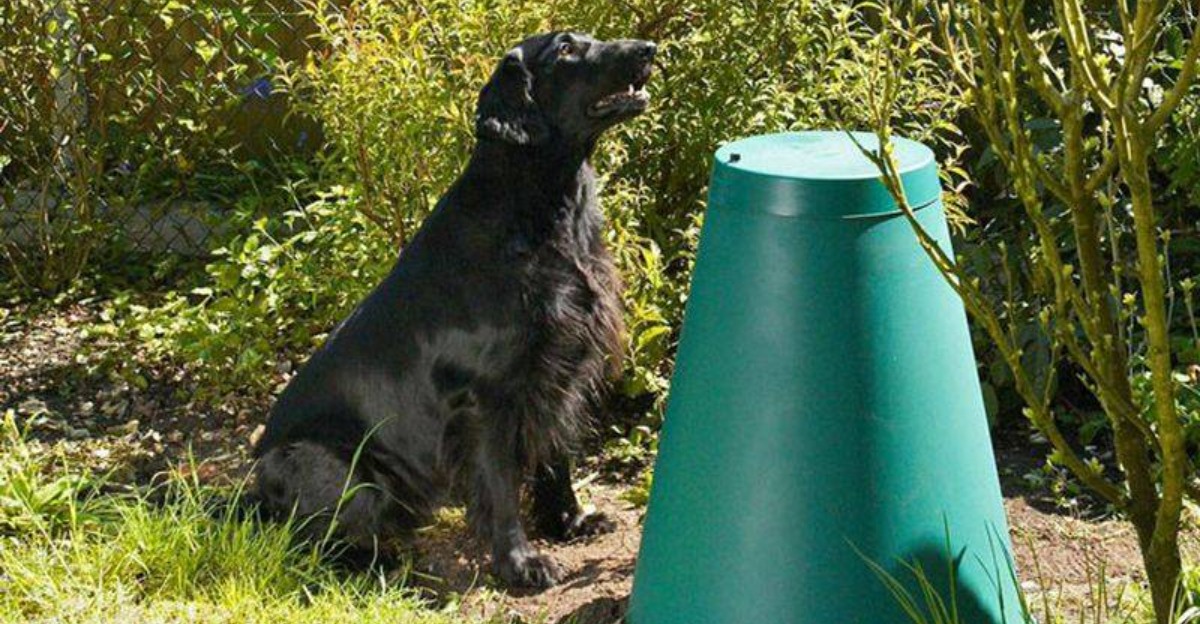
Adopt Don’t Shop Stories* – Real-life transformations from shelters.
“Discover the inspiring journeys of abandoned and shelter animals who transformed from fearful, neglected, or injured pets into joyful, loving companions through adoption. These real-life stories highlight the power of patience, compassion, and second chances, showing how adopting rather than buying a pet not only saves lives but also creates profound, life-changing bonds between humans and animals.”
🐶 Pet Star
48 min read · 17, Sep 2025

Introduction
Every year, millions of dogs, cats, and other companion animals enter shelters and rescue organizations around the world. Many arrive scared, neglected, or abandoned, carrying with them stories of hardship. Yet, behind these heartbreaking beginnings lies incredible potential. With love, patience, and care, shelter animals undergo life-changing transformations that inspire us to rethink pet adoption. The phrase “Adopt Don’t Shop” is more than just a slogan—it’s a movement that highlights the beauty of giving homeless animals a second chance while challenging the commercial pet-breeding industry.
This article dives into real-life transformations of shelter pets who went from despair to joy, examines the broader impact of adopting versus shopping, and highlights why these stories matter for both humans and animals.
Why “Adopt Don’t Shop” Matters
Before we explore individual stories, it’s important to understand the philosophy behind the movement.
- Curbing Overpopulation: Millions of dogs and cats are euthanized every year due to overpopulation. Adopting helps reduce this heartbreaking number.
- Saving Lives: Every adoption frees up space in shelters, allowing more animals to be rescued.
- Challenging Puppy Mills: Many commercially bred pets come from puppy or kitten mills where conditions are inhumane. Adoption reduces demand for such practices.
- Diverse Choices: Shelters offer pets of all breeds, ages, and temperaments—not just mixed breeds, but also purebreds abandoned by owners.
- Emotional Rewards: Adopters often report a deeper sense of fulfillment knowing they’ve given an animal a new lease on life.
Real-Life Transformations
1. From Neglect to Nurture: Bella the Beagle
Bella, a beagle rescued from a roadside ditch, was found malnourished, with patches of missing fur and infected wounds. At the shelter, she was shy, refusing to make eye contact. When the Patel family adopted her, patience became their tool of healing. Weeks of gentle care, nutritious meals, and reassurance turned Bella into a confident, playful companion. Today, she greets everyone with an enthusiastic tail wag and enjoys family picnics. Her transformation shows how resilience blooms when animals feel safe.
2. The Senior Cat Who Found His Forever Couch: Oliver
Often overlooked due to his age, Oliver, a 10-year-old tabby, spent nearly a year in a shelter. Potential adopters passed him by, preferring kittens. But when 70-year-old Mrs. Mehra, a retired teacher, walked in, she instantly connected with Oliver. Both sought companionship without chaos, and their bond grew strong. Oliver now spends his days curled on her lap as she reads novels. For seniors and senior pets alike, adoption can be the perfect match.
3. The Street Survivor: Rocky the Indie Dog
Rocky, an Indian street dog, was hit by a vehicle and brought to a rescue center with a fractured leg. Though many doubted his chances, he endured surgery and rehabilitation. Adopted by a college student named Aarav, Rocky not only healed but thrived. He became a loyal jogging partner and even inspired Aarav to volunteer at the shelter. Rocky’s story highlights the strength of indigenous breeds and the bonds they form with compassionate humans.
4. The Shy Pup Who Found Confidence: Daisy
Daisy, a Labrador mix, came from a hoarding situation where dozens of dogs lived in filth. She was under-socialized, afraid of men, and startled easily at loud noises. Adopted by a family with two young kids, Daisy was gently exposed to daily routines and positive reinforcement. Within a year, she transformed into a confident dog who now works as a therapy pet, comforting children at hospitals. Daisy’s story shows that trauma can be overcome with patience and love.
5. The Cat Who Saved His Human: Simba
Adoption is not just about rescuing animals—it’s often about animals rescuing us. Simba, a ginger cat adopted from a Delhi shelter, bonded deeply with his owner, Rohan, who struggled with depression. Simba’s affection and playful antics provided emotional stability, pulling Rohan out of his darkest days. Many adopters attest that shelter pets, with their gratitude-filled hearts, can become healers in unexpected ways.
The Human Impact of Adoption
Adopting a pet doesn’t just change the animal’s life—it transforms human lives too. Studies show that adopted pets:
- Reduce stress and anxiety in owners.
- Encourage routines, physical activity, and social interaction.
- Foster empathy in children by teaching responsibility and compassion.
Families often report that their adopted pets became irreplaceable members of their household, filling gaps left by loneliness, grief, or absence.
Breaking Myths About Shelter Pets
- Myth: Shelter pets are all sick or aggressive.
- Truth: Most are healthy and screened before adoption. Many behavioral issues stem from neglect and improve in stable homes.
- Myth: Only mixed breeds are available.
- Truth: Purebred dogs and cats often end up in shelters too. Breed-specific rescues also exist.
- Myth: Adoption is expensive.
- Truth: Adoption fees are far less than buying pets and usually cover vaccinations, microchipping, and sterilization.
Global Voices: Famous “Adopt Don’t Shop” Advocates
- Selena Gomez adopted several rescue dogs and publicly promotes shelter adoption.
- Ryan Reynolds & Blake Lively adopted their dog from a shelter and credit him with teaching their kids empathy.
- Indian celebrities like Anushka Sharma and Alia Bhatt actively encourage adopting Indies instead of buying expensive breeds.
Such endorsements amplify awareness and normalize adoption.
How to Start Your Own Adoption Journey
- Visit local shelters or adoption camps.
- Research the right fit for your lifestyle (energy level, size, temperament).
- Be patient during adjustment—transitioning from shelter to home takes time.
- Commit long-term—adoption is a lifelong responsibility, not a temporary choice.
Adopt Don’t Shop is more than a movement—it is a heartfelt plea to recognize the countless stories of resilience, transformation, and unconditional love that emerge when abandoned animals are given a second chance through adoption instead of being bought from breeders or pet stores, and the beauty of these stories lies in how they reveal the power of compassion to rewrite lives that once seemed broken beyond repair; take Bella the Beagle, for instance, who was discovered malnourished and injured by the roadside, terrified of human contact and hesitant even to make eye contact, but under the patient love of the Patel family she not only healed physically but also emotionally, gradually learning to wag her tail with joy and today embodies a new life of trust, safety, and laughter during family outings, while Oliver, a senior tabby cat who had languished in a shelter for nearly a year, rejected time and again because prospective adopters preferred kittens, found his perfect match in Mrs. Mehra, a retired teacher longing for a quiet yet affectionate companion, and their bond has since blossomed into a soothing partnership where Oliver spends his golden years curled beside her as she reads, a testament that age should never be a barrier to adoption; similarly, Rocky, an Indian street dog struck by a vehicle and left with a fractured leg, might have been another forgotten casualty if not for a rescue center and the adoption by Aarav, a young student whose patience during Rocky’s rehabilitation led to a friendship that turned the once-injured stray into a loyal jogging partner and daily motivator, showing how even the most wounded survivors can thrive with the right care; Daisy’s journey tells another powerful tale, as she came from a hoarding situation where dozens of dogs lived in cramped, filthy conditions, leaving her traumatized, fearful of men, and startled at every loud sound, but her new adoptive family, with two young children, slowly rebuilt her confidence through gentle routines and endless affection, and in time Daisy not only adapted but blossomed so much that she now serves as a therapy dog bringing comfort to hospitalized children, proving that trauma can indeed be healed; and then there is Simba, a ginger cat from a Delhi shelter who not only found a home but also became the savior of his human Rohan, who was battling depression, as Simba’s loving presence and playful antics brought emotional stability and joy, underscoring how often it is the animals who rescue us rather than the other way around, and these examples collectively highlight why “Adopt Don’t Shop” is not simply about saving animals from shelters but about building profound relationships that transform both human and animal lives; adoption helps curb the tragedy of pet overpopulation by giving existing animals homes instead of fueling demand for puppy mills, it saves lives directly by making space in shelters for new rescues, it challenges exploitative breeding industries that profit from cruelty, and it opens doors for people to find diverse companions, from purebred pets abandoned due to changing family circumstances to resilient mixed-breed dogs and cats full of unique character; moreover, adopted pets enrich human lives by lowering stress and anxiety, instilling responsibility in children, encouraging physical activity through daily walks, and offering unconditional companionship, and contrary to common myths, shelter pets are not broken or dangerous but often healthy, affectionate, and simply victims of circumstance, while shelters also ensure medical checkups, vaccinations, and sterilization before adoption; real-life advocates from celebrities like Selena Gomez, Ryan Reynolds, and Anushka Sharma to countless everyday families have embraced adoption and shared stories of how rescued pets brought meaning and empathy into their lives, strengthening the visibility of this compassionate choice; adopting requires patience, as many animals need time to adjust to new homes, but the emotional rewards far outweigh the challenges, and families who choose this path often describe the joy of witnessing remarkable transformations—the once-neglected dog now bounding across gardens with a gleaming coat, the senior cat finally finding peace in a warm lap, or the frightened pup who evolves into a therapy pet changing lives—all reminding us that compassion has the power to turn suffering into hope; therefore, the call to adopt rather than shop is both practical and moral, offering a chance to actively fight animal suffering, support shelters, and challenge unethical industries, while simultaneously opening your heart to a bond that no store-bought transaction could ever replicate, because when you adopt, you do not just bring home a pet—you embrace a story of resilience, give meaning to a second chance, and often discover that the life most profoundly transformed is your own.
Adopt Don’t Shop is a movement that embodies the transformative power of compassion, the ability to rewrite lives, and the profound bond between humans and animals, reminding us that every abandoned, neglected, or stray pet carries a story of survival and resilience, and when given a loving home, these animals can undergo astonishing transformations that inspire and uplift; take Bella, a Beagle found malnourished and injured on a roadside, fearful of humans and hesitant to trust anyone, whose life changed dramatically when the Patel family adopted her, showering her with patient care, nutritious food, and gentle affection, and over weeks she evolved from a timid, anxious dog into a joyful, playful companion who now greets every visitor with enthusiasm, illustrating that patience and love can heal deep scars, both physical and emotional, while Oliver, a 10-year-old tabby cat, faced a different challenge—his age made him less desirable in the eyes of many potential adopters, and he languished in a shelter for nearly a year until Mrs. Mehra, a retired teacher seeking companionship without the chaos of a kitten, recognized his gentle spirit and adopted him, leading to a mutually healing relationship where Oliver now enjoys peaceful days curled on her lap as she reads, demonstrating that age should never be a barrier to adoption and that senior pets can offer profound companionship and emotional support, and Rocky, an Indian street dog, endured an accident that left him with a fractured leg and uncertain future, but thanks to a rescue center and the care of Aarav, a college student committed to his rehabilitation, Rocky not only regained his mobility but also became a loyal jogging partner and emotional companion, showing that even animals rescued from harsh environments or accidents can flourish with the right care, while Daisy, a Labrador mix rescued from a hoarding situation where dozens of dogs lived in cramped, unsanitary conditions, initially exhibited extreme fear and mistrust, reacting to loud sounds and men with apprehension, yet through consistent exposure to gentle routines, positive reinforcement, and unconditional love from her adoptive family, she gradually gained confidence, eventually thriving to the point of becoming a therapy dog visiting children in hospitals, highlighting that trauma can be overcome and that shelter animals often have extraordinary resilience waiting to be nurtured, and Simba, a ginger cat adopted from a Delhi shelter, offers yet another perspective on the reciprocal nature of adoption, as his presence profoundly improved the emotional well-being of his owner, Rohan, who struggled with depression, proving that the act of adoption is not solely about saving animals, but also about the emotional enrichment, companionship, and healing that these animals bring into human lives, and collectively, these stories exemplify why the principle of “Adopt Don’t Shop” is so vital: it not only prevents millions of unnecessary euthanasias by reducing shelter overpopulation but also challenges unethical breeding practices, including puppy mills and kitten factories, which often prioritize profit over the welfare of animals, and adoption allows individuals to choose from a wide variety of pets, including purebreds, mixed breeds, young animals, seniors, and animals with special needs, all of whom are equally capable of forming deep bonds with their new families, and beyond the immediate benefit to the animals, adoption fosters significant human advantages, including stress reduction, increased physical activity, emotional support, improved social interaction, and the teaching of empathy and responsibility, particularly to children, while also providing a sense of fulfillment and purpose as adopters witness the remarkable transformations that love and patience can bring, challenging common myths that shelter pets are sick, aggressive, or untrainable, when in reality, most shelters ensure medical care, vaccinations, and behavior assessments prior to adoption, with many behavioral challenges resolvable through consistent training, and adoption fees are usually far less than the cost of buying a pet, often covering vaccinations, spaying or neutering, and microchipping, making adoption not only a compassionate choice but also a practical one, and the movement is further amplified by public figures and everyday advocates who share stories of how their adopted pets have changed their lives, demonstrating to the world that love, commitment, and patience can create extraordinary bonds regardless of a pet’s background, age, or past hardships, so when someone chooses adoption, they are not only rescuing an animal but also contributing to a broader cultural shift that prioritizes ethical treatment of animals, combats exploitation, and emphasizes the inherent value of all lives, and these stories, whether of a timid beagle finding confidence, a senior cat finding peace, a street dog regaining mobility, a traumatized Labrador becoming a therapy dog, or a cat healing a human’s emotional wounds, collectively highlight that the impact of adoption ripples far beyond the walls of a shelter, inspiring hope, compassion, and transformation in ways that are deeply personal, profoundly emotional, and universally meaningful, reminding everyone that the next time they consider bringing a pet into their home, the perfect companion may already be waiting in a shelter, ready to write a new story of resilience, love, and mutual healing, and that by choosing to adopt rather than shop, individuals are not only changing the lives of animals in need but also enriching their own lives in ways that money cannot buy, proving that adoption is not just an act of kindness, but a powerful, life-affirming choice that celebrates second chances, nurtures bonds, and reaffirms the incredible capacity of both humans and animals to heal, grow, and love unconditionally, and in this way, the Adopt Don’t Shop movement serves as a testament to the enduring truth that every life, no matter how wounded, is worth saving, and every act of adoption carries the promise of transformation, hope, and a future filled with joy for both the pet and their human companions.
Conclusion
The phrase “Adopt Don’t Shop” encapsulates the idea of compassion in action. Every animal in a shelter carries a story—of abandonment, survival, and hope. The real-life transformations of Bella, Oliver, Rocky, Daisy, and Simba prove that with love, patience, and commitment, even the most broken souls can thrive. Adoption doesn’t just rescue pets; it reshapes human hearts, reduces animal suffering, and challenges unethical breeding practices.
When you adopt, you’re not only saving a life—you’re also writing a story of hope, resilience, and unconditional love. The next time you consider bringing a pet into your life, remember: the perfect companion might be waiting for you at a shelter, ready to transform both your worlds.
Q&A Section
Q1: Why is adopting better than buying a pet?
Ans: Adoption saves lives, reduces overpopulation, and discourages puppy mills. Buying often supports unethical breeding practices.
Q2: Are shelter pets safe and healthy?
Ans: Yes, most shelters provide medical checkups, vaccinations, and sterilization before adoption.
Q3: Can I find purebred dogs or cats in shelters?
Ans: Absolutely. Many purebreds end up in shelters due to abandonment, and breed-specific rescues also exist.
Q4: What should I expect when adopting a shelter pet?
Ans: Expect an adjustment period. Pets may need time to build trust, but with patience, they often become deeply loyal companions.
Q5: How can adoption help humans emotionally?
Ans: Adopted pets provide companionship, reduce stress, ease depression, and foster empathy—often transforming their owners’ lives as much as their own.
Similar Articles
Find more relatable content in similar Articles

Virtual Vet Visits: Are Online Consultations Reliable?..
As pet healthcare embraces dig.. Read More

Composting Pet Waste: A Greener Way to Clean Up...
As pet ownership continues to .. Read More

Pets and Mental Health: The Science Behind Emotional H..
Discover the profound impact o.. Read More

Social Media for Pets: Turning Your Pet into a Digital..
From playful puppies to charis.. Read More
Explore Other Categories
© 2024 Copyrights by rPets. All Rights Reserved.